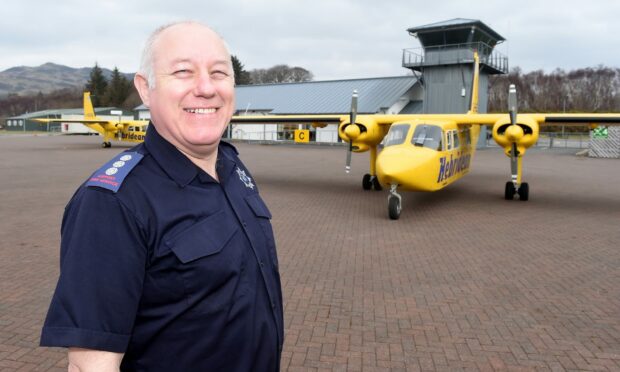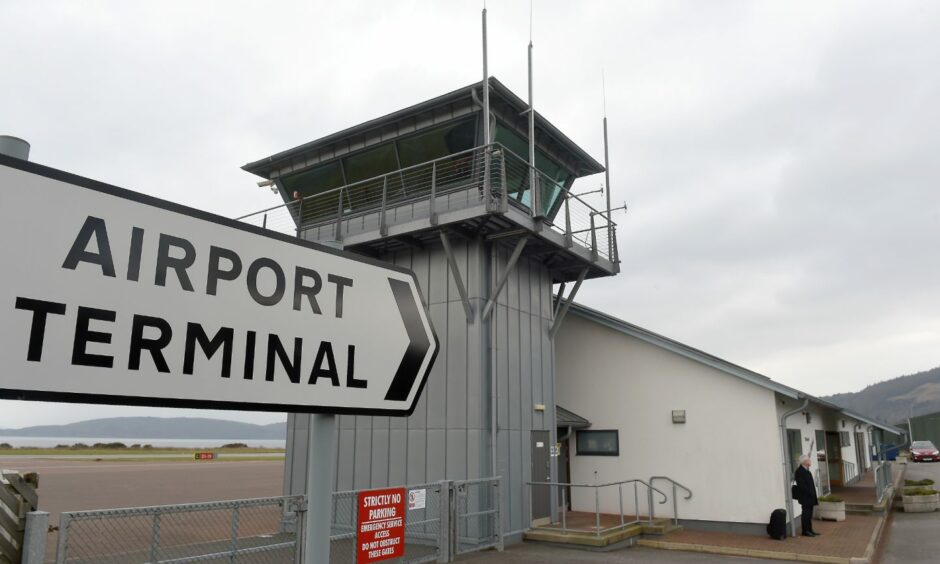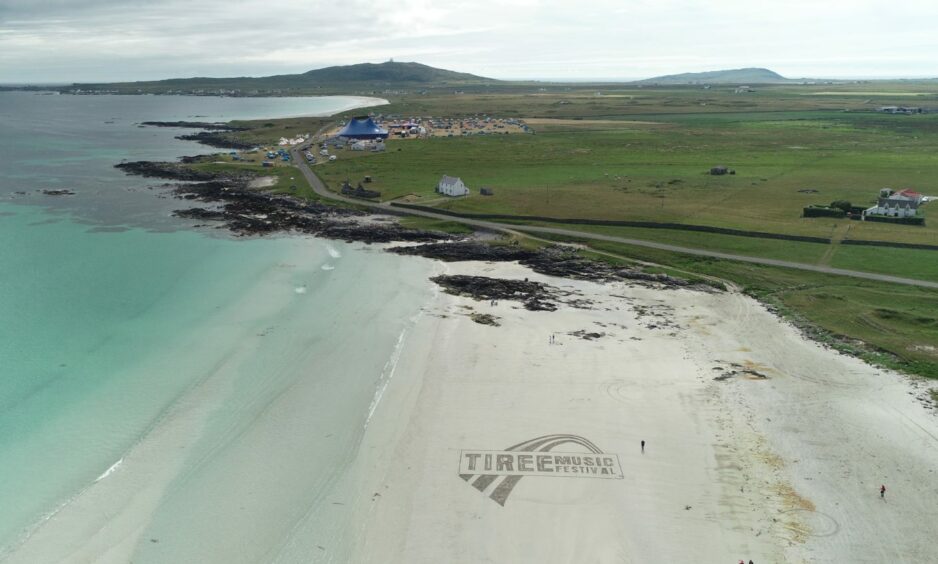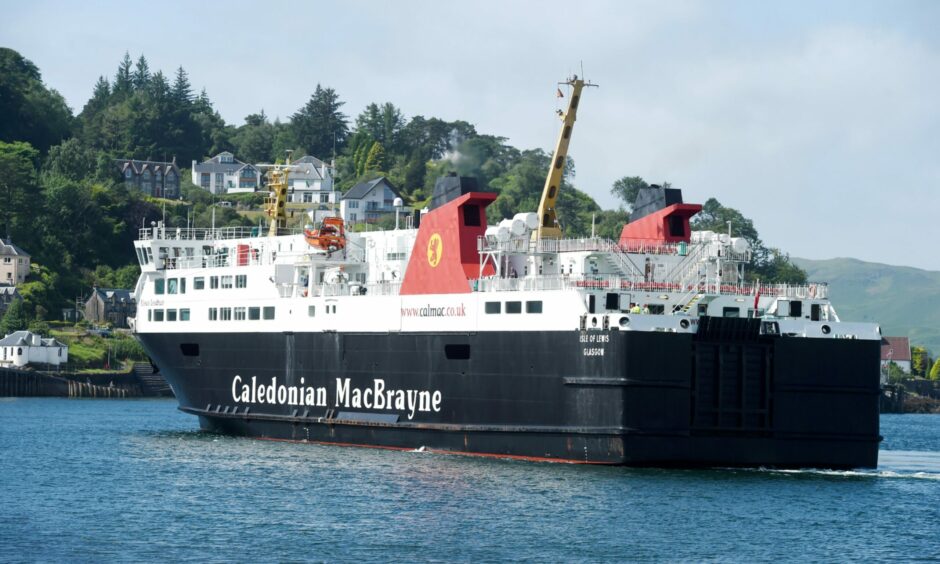The main reason that islanders take flights to Oban from Coll, Colonsay and Tiree is to attend health appointments.
This is one of the findings of a consultation into the Argyll Air Services Public Service Obligation (PSO).
Argyll and Bute Council ran the consultation because the contract is up for renewal.
Potential bidders are being asked to study the findings as part of their proposals to run the service.
It was revealed that the main uses of the flights are to access health facilities, shops and leisure services. Other main uses include tourism, business, employment and further education.
Council considers consultation results
Results of the study will be presented to the council’s Environment Development and Infrastructure Committee.
The use for health services is of particular significance. This is because 56% or 26,000 of referrals made in Argyll and Bute are to hospitals in the central belt.
Despite this, Argyll Air Service is not directly linked with central Scotland.
Responders said that the best way to improve the service would be to link it with Loganair. Which would provide a link to Glasgow/London and beyond.
They believe this would promote business commerce and other lifeline services.
In her report to the committee, Kirsty Flanagan, Executive Director for Development and Economic Growth writes: “Nearly all respondents felt that the Argyll Air Service was vital to the community and that same day return was very important.”
Same-day return is popular among airline customers
She continues: “A key part of the service is the ability to complete same-day return, one of the main attractions for use of the service by customers.
“The consultation revealed clear recommendations for improvements to the service including access to the central belt, better advertisement, increased flights and better timetabling as well as better links with other transportation.”
The largest benefit to the community is seen to be allowing pupils to get to and from school. Coll and Colonsay do not have high schools, with students travelling to Oban.
This is followed by the links to hospital and healthcare, then supporting businesses, tourism, visits from friends and family. And finally helping residents to go on holiday.
Other uses highlighted were for “site visits, veterinary services, training and consulting visits to the islands”.
Ms Flanagan notes: “This shows how the community uses the service in a variety of ways and how important it is to the residents of the communities it serves.”
She states that input from the public is vital to ensure the service is meeting the needs of the community.
The overall preferred mode of transport is still CalMac ferries. Comments included: “Ferry important obviously because of ability to get car to and from the island,” and “Cost – cheap for foot passenger.”
There were, however, criticisms about the lack of reliability of the ferry, the length of time it takes, irregularity of the service and lack of transport links when on the mainland.
CalMac ferries, followed by Argyll Air Service, with a difference of about 5%, is the most popular form of transport for those who go twice or more annually.
Flights contract is up for renewal
In contrast, people who travel on a regular basis were substantially more likely to use the ferry. This was followed by the Argyll Air Service, with a difference of almost 17%.
The council has a budget of £512,207 a year from 2019-2022 for the provision of air services.
This contract is up for renewal for the period September 16 2023 – September 15 2027 with bids being sought from potential operators.
The consultation ran from April 8 until May 1. It was accessible online. Each community council was contacted individually, and it was widely publicised.
Individuals were main responders
A total of 135 responses were received. Of these 90% were individuals, 5% were community organisations and 5% were businesses.
Of the respondents 58% were above the age of 55 and 33% were between the ages of 35 and 54. People under the age of 34 made up 9%.
People living on the isle of Coll made 30% of responders, while 30% live on the mainland, 25% on Colonsay, 11% on Tiree, 7% on Islay, while 3% stated “other”
Members of the committee are invited to note the report.
Are you interested in more exclusive and breaking Highland and Islands news from the P&J? If so, why not join our dedicated Facebook page here





Conversation